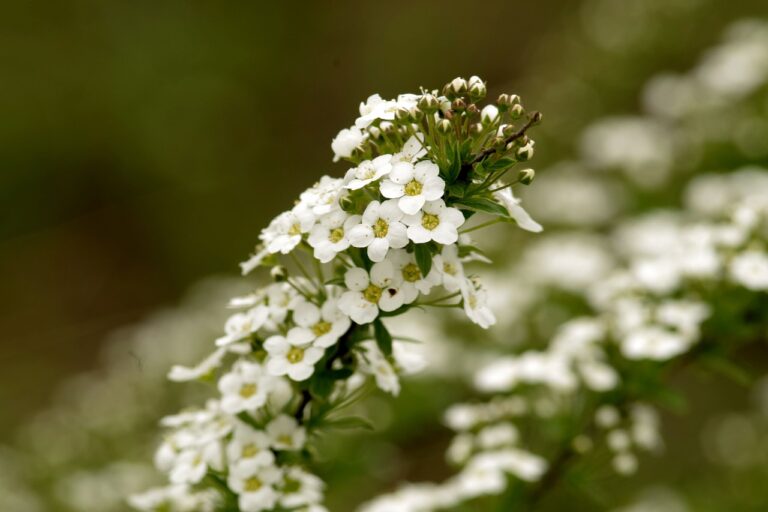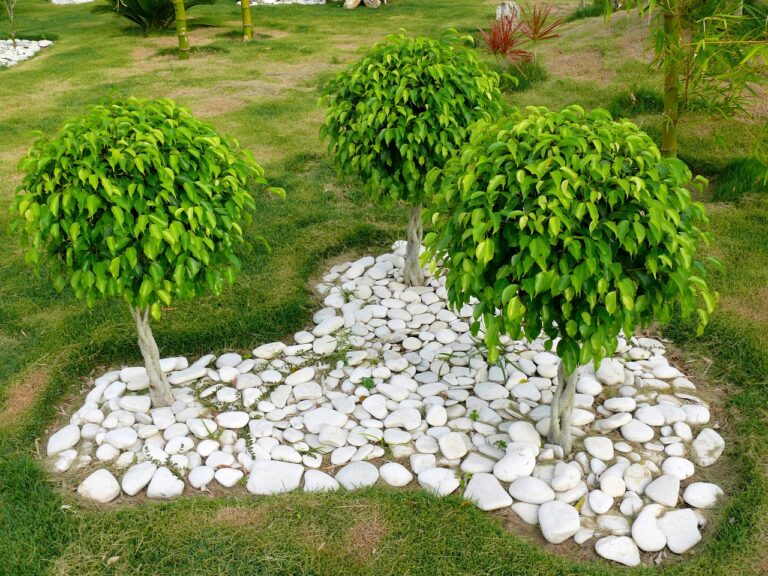Hydrangeas are among the most beloved flowering shrubs, known for their lush, colorful blooms that brighten up gardens and landscapes. However, many gardeners struggle with pruning, unsure of when and how to cut their hydrangeas to encourage abundant flowering. The key to getting the most blooms lies in understanding the specific type of hydrangea you have and pruning it at the right time using the correct techniques.
Pruning is essential for maintaining plant health, improving air circulation, and promoting vigorous new growth. However, improper pruning—such as cutting at the wrong time or removing too much of the plant—can reduce or eliminate blooms for an entire season.
In this guide, we’ll cover everything you need to know about how to prune hydrangeas for maximum blooms, including identifying different types of hydrangeas, the best time to prune, step-by-step pruning methods, and common mistakes to avoid.
Understanding Hydrangea Types and Their Growth Habits
Before picking up your pruning shears, you must understand the different types of hydrangeas and how they grow. The most important distinction is whether the hydrangea blooms on old wood (last year’s growth) or new wood (the current year’s growth).
1. Old Wood Blooming Hydrangeas
Some hydrangeas develop flower buds on old wood, meaning the stems that grew in the previous season. If these types are pruned too late or during early spring, the flower buds for the upcoming season may be removed, leading to little or no blooms.
The most common old wood bloomers include:
- Bigleaf Hydrangea (Hydrangea macrophylla) – Includes mophead and lacecap varieties, known for their large, vibrant flowers.
- Oakleaf Hydrangea (Hydrangea quercifolia) – Recognized by its unique oak-shaped leaves and cone-shaped white flowers that turn pink with age.
- Climbing Hydrangea (Hydrangea anomala petiolaris) – A vine-like variety that produces clusters of white flowers and clings to walls and trees.
2. New Wood Blooming Hydrangeas
Hydrangeas that bloom on new wood produce flowers on fresh growth from the current season. These hydrangeas benefit from more aggressive pruning, as it encourages strong new stems that will support larger blooms.
The most common new wood bloomers include:
- Panicle Hydrangea (Hydrangea paniculata) – Features cone-shaped blooms that start white and age into pink, green, or red shades.
- Smooth Hydrangea (Hydrangea arborescens) – Includes ‘Annabelle’ and other varieties with round, snowball-like white flowers.
3. Reblooming Hydrangeas (Bloom on Both Old and New Wood)
Certain modern hydrangea cultivars, such as the Endless Summer series, bloom on both old and new wood, meaning they can flower multiple times throughout the growing season. These are more forgiving when it comes to pruning but still require careful maintenance to encourage continuous flowering.
When to Prune Hydrangeas for Maximum Blooms
Old Wood Hydrangeas (Bigleaf, Oakleaf, Climbing)
The best time to prune hydrangeas that bloom on old wood is immediately after they finish flowering, usually in late summer to early fall. This allows enough time for the plant to set buds for the following season before winter dormancy.
New Wood Hydrangeas (Panicle, Smooth)
Hydrangeas that bloom on new wood should be pruned in late winter or early spring, before new growth begins. Since these plants develop flower buds on fresh growth, cutting them back encourages the emergence of strong new stems that will produce more blooms.
Reblooming Hydrangeas (Endless Summer, BloomStruck, etc.)
For reblooming varieties, light pruning can be done throughout the growing season to remove spent flowers and encourage additional blooming. However, major pruning should be done in late winter or early spring, following the guidelines for both old and new wood bloomers.
Step-by-Step Guide: How to Prune Hydrangeas Based on Type
Pruning Old Wood Bloomers (Bigleaf, Oakleaf, Climbing)
- Identify spent blooms – Once the flowers have faded, locate where new buds are forming along the stems.
- Remove dead or weak stems – Cut back only the deadwood or weak stems to improve air circulation and overall plant health.
- Shape the plant lightly – If needed, trim a few older stems near the base to encourage new growth and maintain a manageable size.
- Avoid heavy pruning – Cutting too much can reduce the number of flowers next season.
Pruning New Wood Bloomers (Panicle, Smooth)
- Wait until late winter or early spring – Pruning too early can expose new growth to frost damage.
- Cut back stems to 6–12 inches from the ground – This encourages strong growth and larger blooms.
- Remove any crossing or weak branches – This helps the plant direct energy into healthier stems.
- Thin out dense areas – To prevent overcrowding, remove some inner branches to allow better airflow.
Pruning Reblooming Hydrangeas
- Deadhead spent blooms throughout the season – This encourages continuous flowering.
- Lightly shape the plant after the first bloom cycle – Trim back any overly long or leggy stems.
- Avoid drastic cuts – Heavy pruning can delay the next bloom cycle.
Essential Pruning Tools and Techniques
Using the right tools ensures clean cuts and minimizes stress on the plant. Essential tools include:
- Sharp pruning shears for smaller stems.
- Loppers for thicker branches.
- Disinfectant to clean tools between cuts and prevent disease spread.
Always make cuts at a 45-degree angle, about ¼ inch above a healthy bud or leaf node. This helps water drain off the cut, preventing rot and disease.
Common Pruning Mistakes to Avoid
- Pruning old wood bloomers in spring or winter – This removes the flower buds for the upcoming season.
- Over-pruning – Cutting back too much weakens the plant and reduces bloom production.
- Using dull or dirty tools – Jagged cuts and unsterilized blades can introduce disease.
- Neglecting young plants – Hydrangeas in their first year should not be heavily pruned to allow proper root development.
Additional Tips for Healthy and Vibrant Hydrangeas
Aside from pruning, proper soil, watering, and fertilization are essential for encouraging strong growth and maximum blooms. Hydrangeas thrive in well-draining, slightly acidic soil and require consistent moisture, especially during hot weather. Applying mulch around the base helps retain moisture and protect roots.
Fertilize hydrangeas with a balanced fertilizer in early spring and mid-summer to support blooming. However, avoid excessive nitrogen, as it promotes leafy growth at the expense of flowers.
Conclusion
Pruning hydrangeas correctly is key to maximizing their blooms and maintaining healthy, thriving plants. By understanding whether your hydrangea blooms on old wood, new wood, or both, you can tailor your pruning technique for optimal results. Avoid common pruning mistakes, use the right tools, and follow proper plant care practices to enjoy a season full of vibrant, colorful flowers.
With these expert tips, your hydrangeas will become the highlight of your garden, producing abundant blooms year after year.




